Flower plants add colors and vibrance to our garden area. However, they pose a challenge for plant lovers in terms of the care they demand. I was once told by a nursery staff that plants need a regular dose of fertilizers and proper sunlight to fully blossom. Therefore, places with less amount of sunlight are less likely to have flower plants.
Nevertheless, in this post, I am presenting to you ten colorful flower plants that you can have during winters (3-18 Degree Celsius approx) without much hassle. These will bloom even with two to three hours of sunlight. All you need to do is regular watering in small quantities and ensure that your flower pots have proper drainage.
Winter Flower Plants
Here’s a list of winter flower plants that you can grow easily. I have primarily mentioned their scientific names but you should still be able to find these because nursery guys generally call them by their first names.
#1 Dianthus
There are many varieties of Dianthus but I am introducing you to three of those that you can easily find.
Dianthus Chinensis is a tiny grass-like plant that will keep on blooming during the whole winter. Since these plants are very small, they need quite less amount of water and you don’t need to do anything special after you plant these. However, it will be a good idea to remove dead buds to allow new buds to sprout.
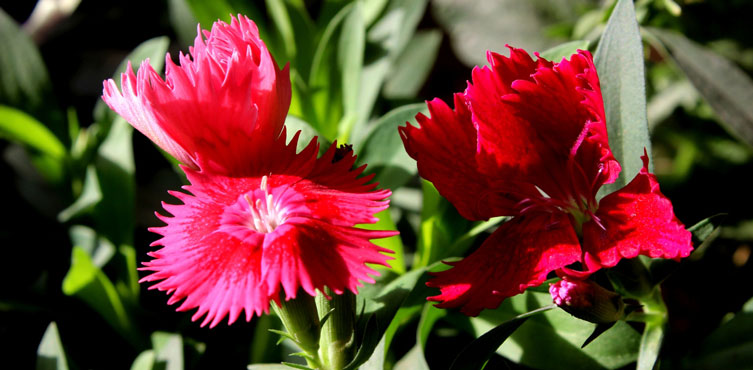
Dianthus Gratianopolitanus is another variety of flower plants that demand less care and space. These plants grow as long as two-three feet in home conditions. Since these are less dense it would be a good idea to grow them in bunches.
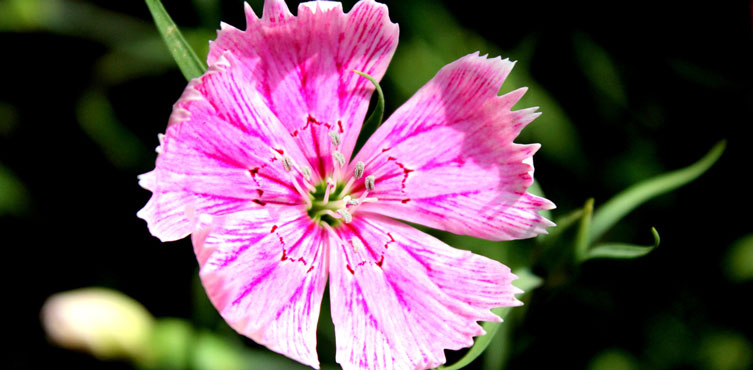
Unlike the above two, Dianthus Barbatus is a quite strong variant in this family. In comparison to Dianthus Chinensis and Dianthus Gratianopolitanus, this plant is comparatively thick and strong. Its flowers come in bunches and spread around a sweet fragrance. Perhaps that is why it is also called ‘Sweet William’. Flower shops often keep these for bouquets.
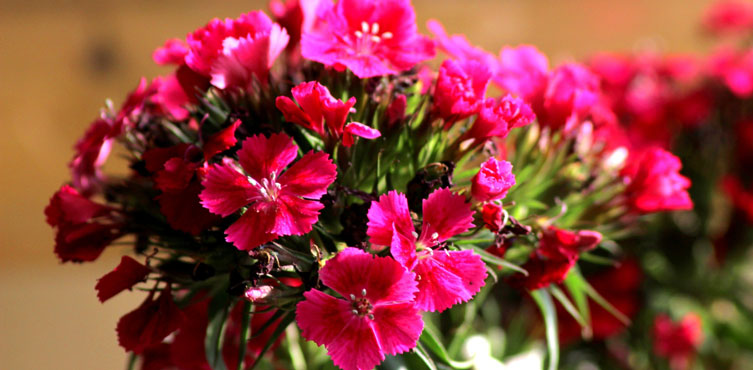
All these varieties of Dianthus are lookalike and found in a variety of colors. You can plant these in mixed colors and be ready to cherish the site. My favorite kind of Dianthus is Carnation which I am yet to have.
#2 Phlox Paniculata
Phlox Paniculata is among those ornamental flower plants that will warmly soothe your visual and olfactory senses. The color and texture of its flowers bring you a heavenly experience. The plant has a slender stem so you might need to give it support to stand straight.
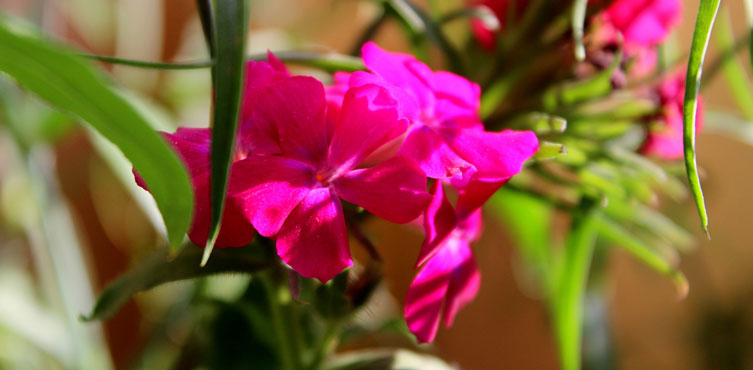
The flowers of Phlox Paniculata also bloom in bunches and come in many colors. I have had experience of planting two of its varieties i.e. Phlox Paniculata Nicky and Phlox Paniculata Laura.
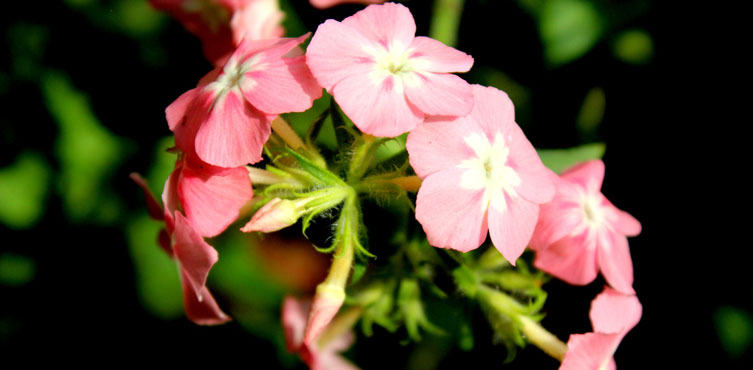
#3 Cineraria
Cineraria too comes in many colors and also in a combination with white. Last winter, I got two lovely colors of Cineraria- blue and magenta. It belongs to the sunflower family but it stays happy even in low or no sunlight and can maintain itself in bright light only.
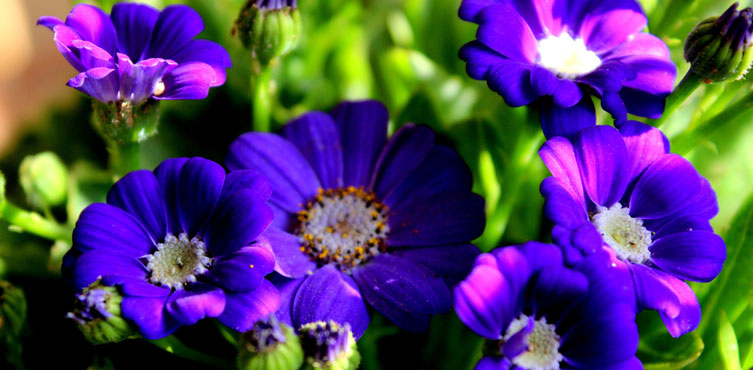
#4 Kalanchoe Blossfeldiana
Kalanchoe is a strong annual plant that blooms once in a year. It has very small four petal flowers that grow in bunches. It is a herbaceous plant but what people commonly use as a medicine is another variety of kalanchoe i.e. Kalanchoe Pinnata, locally known as Pattharchatta. With less care, Kalanchoe keeps on growing slowly and steadily. It is a sun-loving plant (no afternoon sun though) but it can still do well with less sun and good bright light.
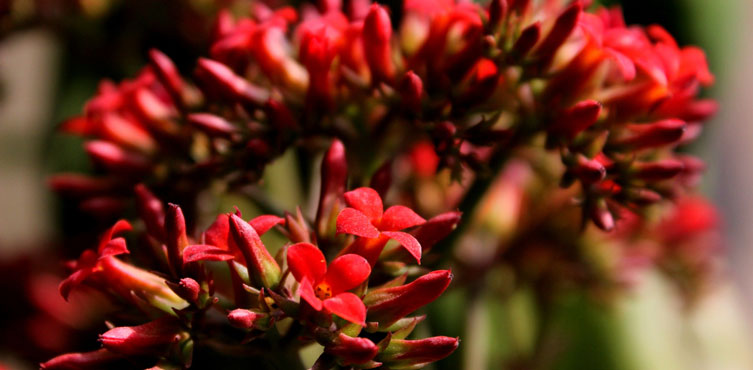
#5 Euphorbia Milii
Euphorbia genus is big and diverse. Varieties of Euphorbia plants look very different from each other. I have had a chance to plant two of its variants- Euphorbia Cotinifolia and Euphorbia Milii. While the first one is a very sensitive plant, Euphorbia Milii is an easy to manage small shrub that gives beautiful flowers. Its prickly stems make us relate it with Cactus; however, it belongs to the Spurge family. Euphorbias do not have ‘areoles’ (pad-like structure at the base of spikes) like Cactuses.
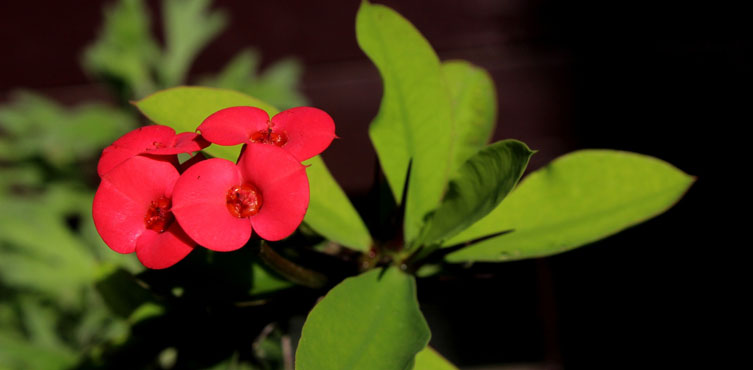
‘Crown of thorns’ is another name of Euphorbia Milii. This plant needs regular watering to be able to grow and bloom. For better plant health, place it where it can receive maximum available sunlight. Nevertheless, it won’t die due to less sunlight.
#6 Begonia – Super Olympia
Begonia is a huge species containing more than 1800 varieties which can be further divided into groups. However, most of them belong to the tropical and subtropical range. I have grown ‘Super Olympia’ Begonia, which is an annual plant. Different varieties of Begonia require a different range of temperature and humidity but this one does well round the year. It is also interesting to know that this plant stays okay in full to no sun.
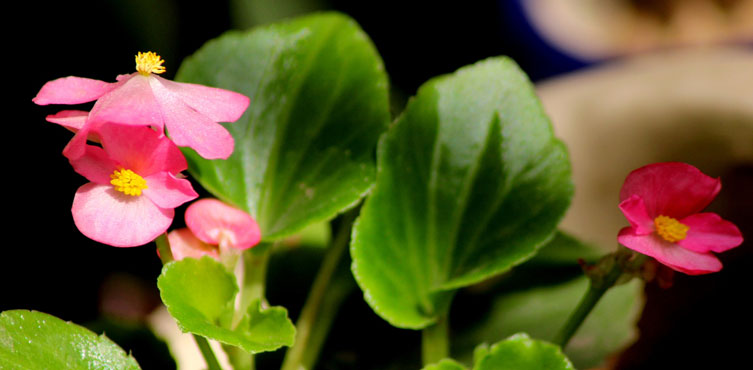
#7 Chamomile
Chamomile or Camomile (also known as Babuna) is a medicinal plant that is used in Ayurvedic treatment, primarily for its antiseptic, antibiotic and disinfectant properties. Dried Chamomile flowers are also used to make herbal tea. Chamomile flowers look like Daisy and even Marigold. This is one of the flower plants that enjoy the cool weather and partial sun; it also does well even in a poor variety of soil.

#8 Impatiens Walleriana
Impatiens Walleriana offers us a range of attractive shimmering bright color flowers. These are must-have winter flower plants that I would recommend to every plant lover. Continuous bright light is necessary for these plants to keep on blooming, which they do in lower temperatures. However, these are pretty tricky plants; low watering will lead to leaves dropping, excess watering will result in rotten roots and low light will lead to flowers dropping. So, you have to water your Impatiens Walleriana less but every day and put this plant in properly lit place.
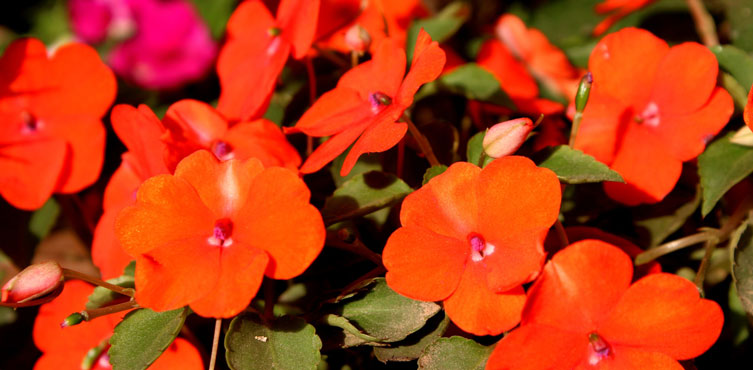
#9 Garden Pansy
Garden Pansy is a hybrid plant derived from the hybridization of the ‘pansies’ section of the Viola genus (where Viola coming from the Violet family). Some of these hybrid plants are also called Viola Wittrockiana. I have successfully planted Viola Wittrockiana Mariposa last winters. These tiny plants with large flowers fill your garden with smiles. Garden Pansies are also known as ‘Football’, ‘little flame’ and ‘small orphan’; these short-lived perennial plants only last during cold weather.
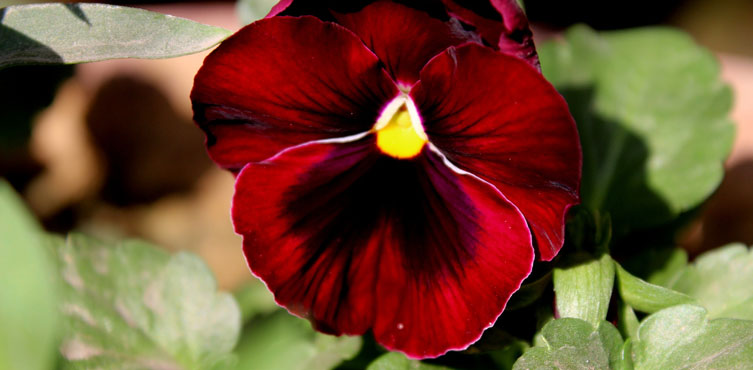
#10 Geranium Fantasia
Other names of Geranium Fantasia are ‘Zonal Geranium’ or ‘Pelargonium Hortorum’. This is the prettiest variety in Geranium family. Although this plant needs full sun (except afternoon) giving a regular dose of fertilizers may help it bloom regularly. Your nursery guy may also suggest you blooming boosters. Try different colors ranging from red to white to pink.
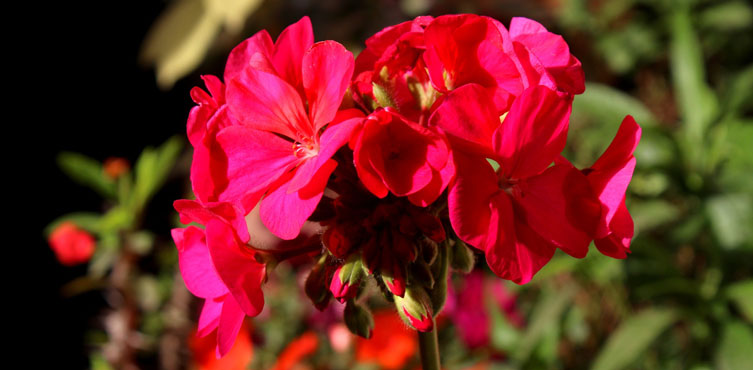
Common Tips
All these flower plants are easy to grow in an average soil composition. Taking care of watering and proper drainage is one common tip that you should apply to all of these. Regular low watering is required. DO NOT OVER WATER as this may lead to the weakening of roots and killing of plants. So, get these flower plants home this winter and enjoy your colorful garden with your favorite cup of tea. Also, read my previous article on tips for budding gardeners, if you have just started your journey with these refreshing friends 🙂 Share your experiences below.





Good article and photo shoots which are original from your own garden. Happy to see the authentic and experienced articulation.
Thanks 🙂